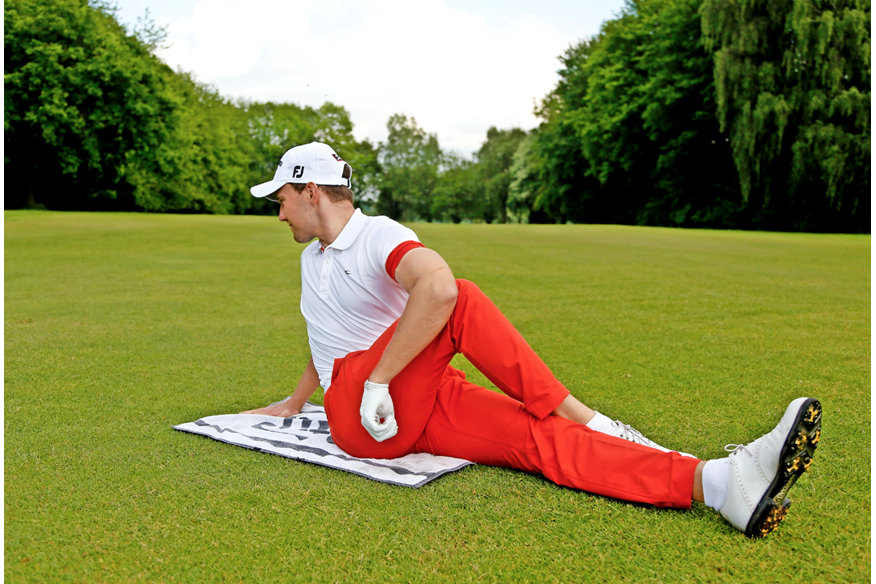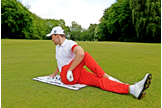Does golf really make you fitter?
Published:
In our biggest questions answered series, we decided to crunch the numbers and find out if golf REALLY makes you fitter…
Let’s not kid ourselves. Few golfers have ever walked off the 18th hole on the brink of exhaustion. Granted, missing a three footer for par might take the breath away, but that owes more to mental rather than physical torture.
The good news for us all is that where there’s pain, there’s also plenty to gain. The Department of Health recommends that we undertake at least 150 minutes of moderate intensity exercise per week.
And luckily for us, just one round of golf meets that quota with flying colours. Maybe that explains why 18 holes sometimes feels like a marathon…
Golf in numbers
2,000: Calories expended while walking 18 holes and carrying a standbag
40%: Lower mortality rate of golfers versus non-golfers, which corresponds to a ve-year increase in life expectancy.
1,300: Calories expended when riding a golf buggy for 18 holes.
30%: Golfers who play the game regularly are 30 per cent less likely to experience coronary disease or develop dementia.
18: Holes played while carrying a bag or using a trolley is equivalent to a four-mile run, a ve-mile walk or approximately two hours of moderate singles tennis.
11,589: Average number of steps walked by spectators at the 2016 Paul Lawrie Match Play at Archer eld Links, East Lothian.
14%: Golfers are 14 per cent more likely to report general good health than non-golfers.
1,500: Calories expended while walking 18 holes and pulling a trolley.
9: Holes walked is the equivalent of spending 40 minutes mowing the lawn.
120❤︎: Average heart rate (bpm) during the walk/carry condition of an 18-hole round. This drops to 88 if you’re in a buggy
10% or 30%: Blood glucose levels can fall by up to 10% for the middle-aged and 30% for the elderly players after an 18-hole round.

